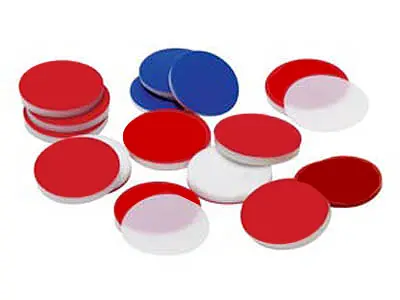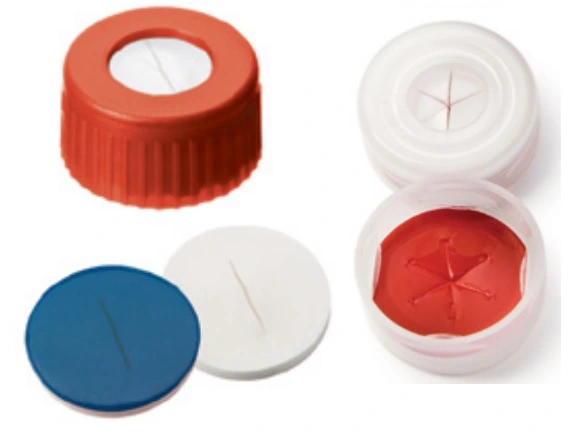Checkout using your account
Checkout as a new customer
Creating an account has many benefits:
- See order and shipping status
- Track order history
- Check out faster
Vial Septa
Vial septa serve as sealing elements between the vial and the cap and ensure that the sample is securely sealed and protected from contamination. They allow for sampling while the vial remains shut and can withstand repeated needle punctures without losing their seal, which can be particularly important in automated systems.
Septa are available in different materials, each offering specific properties and advantages. The most common materials are polytetrafluoroethylene (PTFE), silicone, and a combination of both (PTFE/silicone).

